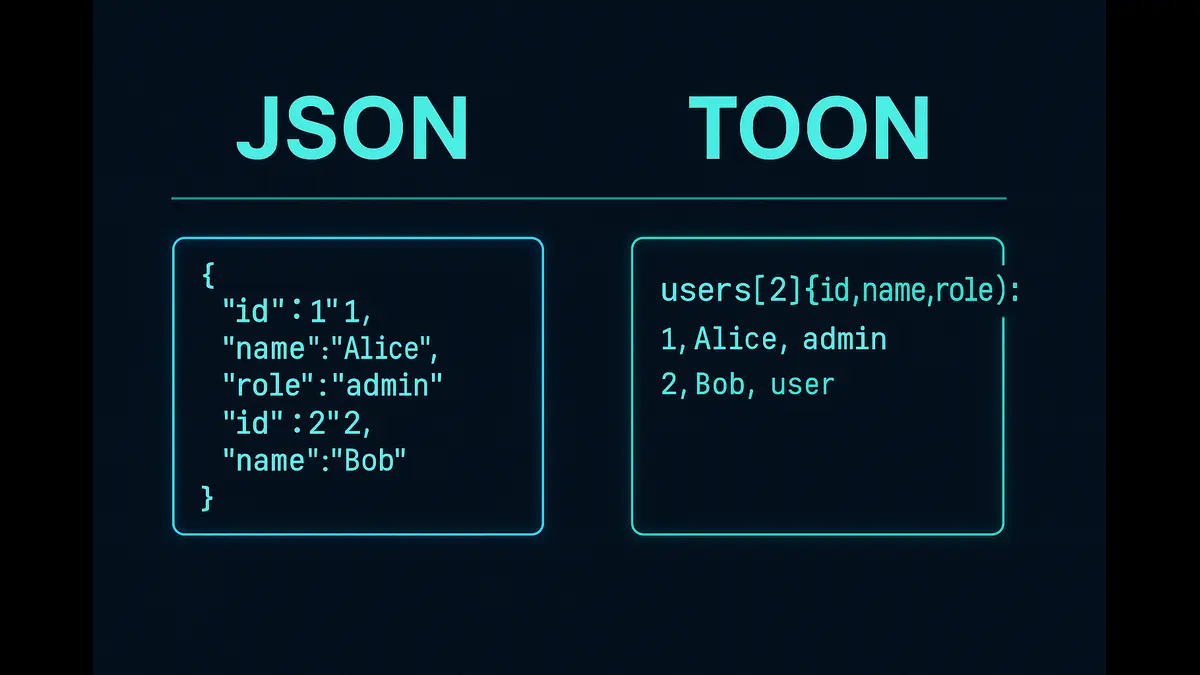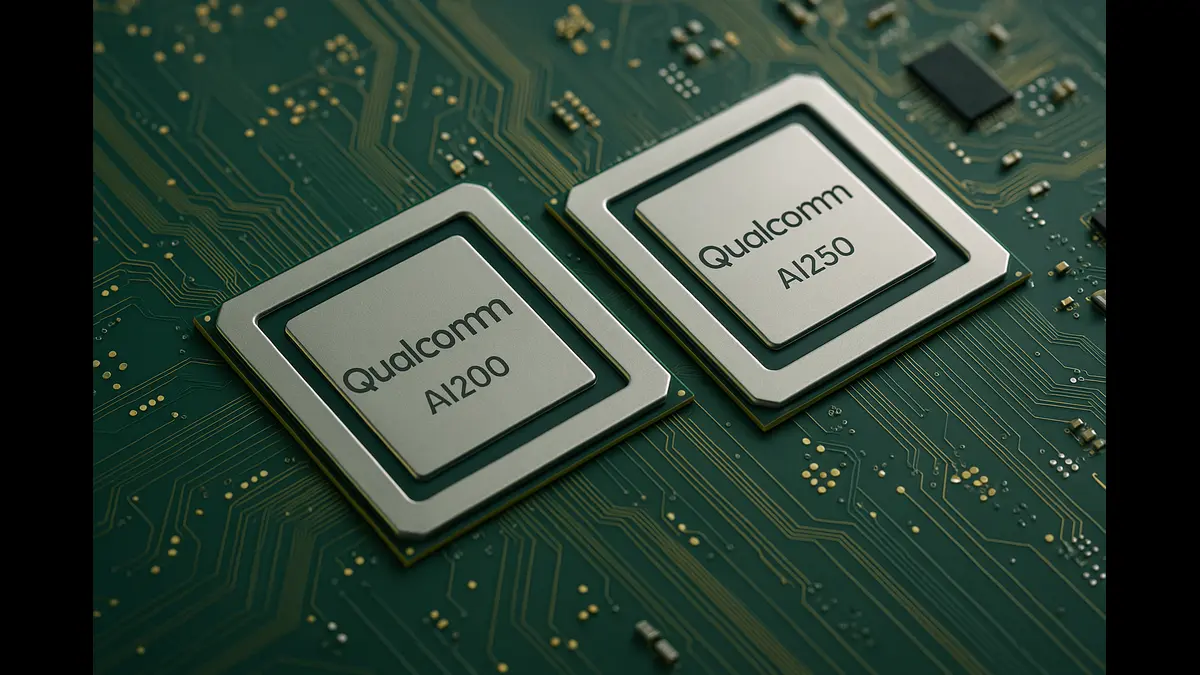
China’s Zuchongzhi 3.0 quantum chip, with its 105 qubits and superior performance, rivals Google’s Willow processor in the race for quantum computing supremacy. Explore its architecture, benchmarking results, and implications for the future of quantum technology.
In the rapidly evolving field of quantum computing, every advancement can reshape the landscape of technology and innovation. Recently, scientists at the University of Science and Technology of China (USTC) unveiled the Zuchongzhi 3.0, a groundbreaking 105-qubit quantum chip that has positioned itself as a formidable competitor to Google’s Willow processor. This article delves into the architecture, performance benchmarks, and implications of this cutting-edge technology for the future of quantum computing.
Architecture of Zuchongzhi 3.0:
The architecture of the Zuchongzhi 3.0 chip is a notable advancement in superconducting qubit design. The chip employs a two-dimensional rectangular grid consisting of 105 qubits arranged in a 15 × 7 configuration, accompanied by 182 qubit couplers. This structure allows for efficient quantum circuit implementation and enhances the interconnectivity of qubits, which is vital for complex calculations.
One of the chip’s distinguishing features is its integration of frequency-tunable qubits and topological coupling. These technological innovations improve the chip’s performance significantly and are achieved through advanced flip-chip bonding techniques, ensuring low noise levels and minimal interference during operations. The chip has demonstrated impressive operational fidelities, with single-qubit gate fidelity at 99.90%, two-qubit gate fidelity at 99.62%, and readout fidelity at 99.18%. Moreover, the processor maintains a coherence time of 72 microseconds, a critical factor for executing quantum algorithms effectively.
Quantum Performance Benchmarking:
To evaluate the capabilities of Zuchongzhi 3.0, researchers conducted extensive benchmarking using a random quantum circuit sampling (RCS) task. This involved executing complex calculations across 83 qubits over 32 cycles. The results were astonishing: the processor generated one million samples in mere hundreds of seconds. In stark contrast, the world’s most advanced classical supercomputer, Frontier, is estimated to require approximately 6.4 billion years to perform the same task. This astonishing performance translates to an impressive quantum computational advantage, outpacing Google’s previous efforts by six orders of magnitude.
Comparison with Google’s Willow Processor:
The emergence of Zuchongzhi 3.0 adds a new dynamic to the competitive landscape of quantum computing. Google’s Willow processor, which also features a two-dimensional grid and a similar qubit count, has been a significant benchmark in the field. While Willow demonstrates slightly better coherence and gate fidelity (99.86% for two-qubit fidelity compared to Zuchongzhi’s 99.62%), it ran a smaller test circuit of 67 qubits across 32 layers.
Remarkably, Zuchongzhi 3.0 is reported to perform one million times faster than Google’s Sycamore processor in random circuit sampling tasks. This performance leap further solidifies China’s position as a significant player in the global quantum computing race, raising the stakes for future developments.
Future Implications and Quantum Error Correction
As quantum technologies continue to advance, the future of quantum error correction will play a critical role in achieving fault-tolerant quantum computing. While Zuchongzhi 3.0 represents a significant leap forward, researchers must focus on several areas to enhance its capabilities:
- Improvement in Qubit Fidelity: Ongoing research aims to further enhance qubit fidelity to ensure reliable quantum operations.
- Scalable Error Correction Codes: Developing scalable error correction codes that can efficiently manage larger qubit systems is crucial for practical applications.
- Extended Coherence Times: Researchers are actively seeking methods to extend qubit coherence beyond current limits, enabling more complex operations.
- Hybrid Approaches: Combining quantum error correction with classical processing techniques may improve system reliability and performance.
The unveiling of China’s Zuchongzhi 3.0 quantum chip signals a significant milestone in the global quantum computing landscape, directly challenging established players like Google. With its impressive architecture, remarkable performance benchmarks, and potential for future advancements in quantum error correction, Zuchongzhi 3.0 is poised to play a crucial role in the next phase of quantum computing. As research continues to evolve in this dynamic field, the competition will undoubtedly drive innovation, ultimately bringing us closer to the realization of practical quantum technologies.
Discover more from Poniak Times
Subscribe to get the latest posts sent to your email.






